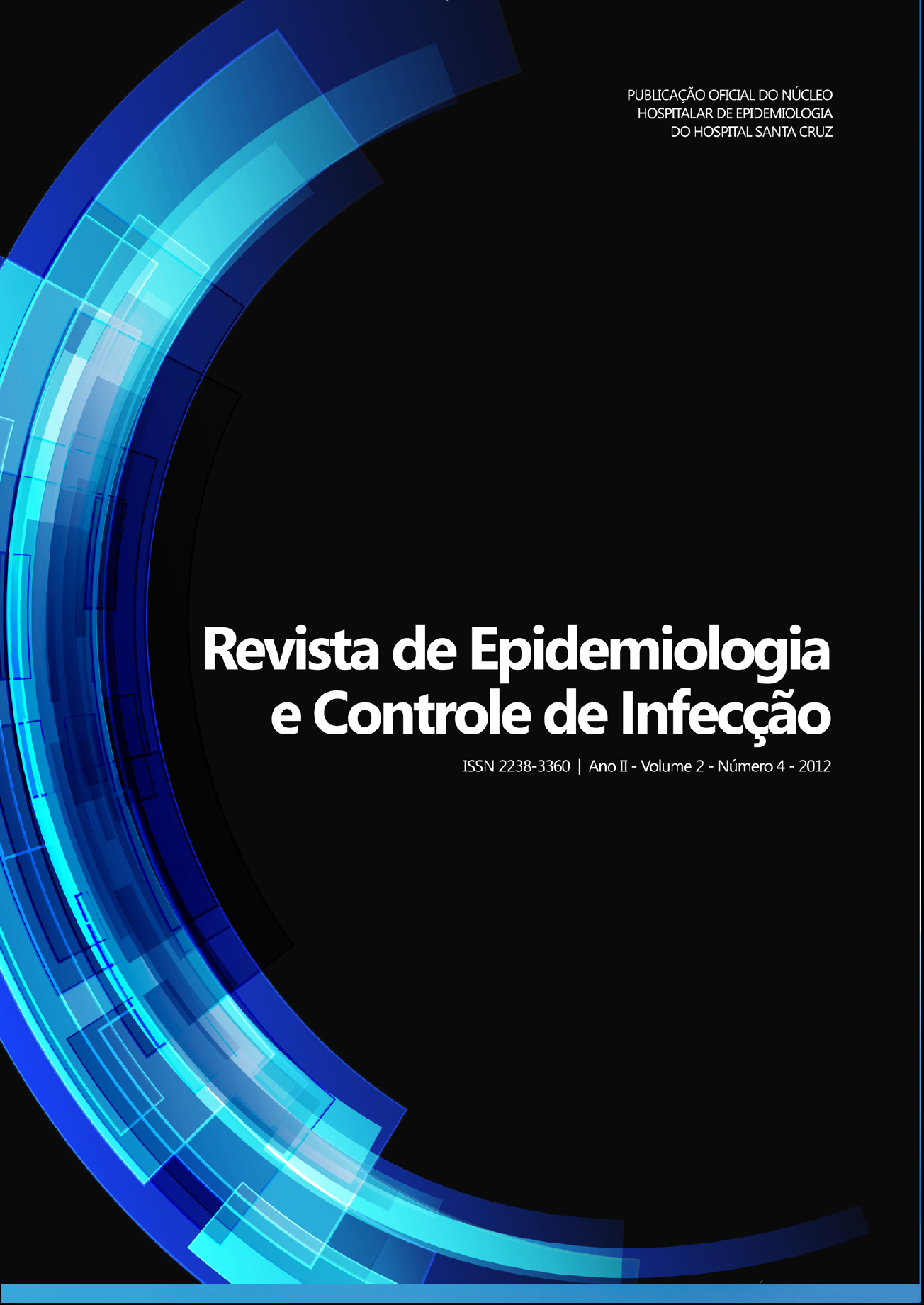Analysis of of medication and potential interactions in prescriptions containing antimicrobials distributed in a community pharmacy in the city of Ijuí /RS
DOI:
https://doi.org/10.17058/reci.v2i4.2753Abstract
Rationale and Objectives: Bacterial resistance is a worldwide concern and the inappropriate prescription of antimicrobials is one of the factors that can infl uence its rates. The objective was to evaluate the prescriptions containing antimicrobials distributed in a community pharmacy in the municipality of Ijuí / RS, to identify the antimicrobials and the drugs prescribed in combination, as well as potential drug interactions. Methods: The sample consisted of prescriptions retained at the study site from November 28 2010 to March 31 2011, which contained at least one antimicrobial listed in Appendix I of RDC 44/2010. Results: A total of 268 prescriptions were analyzed, containing 283 antimicrobials; 15 prescriptions had two drugs. The class of penicillins, found in 30.04% of prescriptions, and quinolones (23.67%) were the most commonly prescribed drugs. In 45.9% of prescriptions, at least one drug was associated with an antimicrobial agent, totaling 167 medications, primarily the class of analgesics and antipyretics (43.11%) and non-steroidal anti-infl ammatory and anti-rheumatic drugs (29.94 %). The non-steroidal anti-infl ammatory and anti-rheumatic drugs were present in 39% of 82.05% potential drug interactions found, with penicillin being the main class of antimicrobials involved in the interaction (64.1%). Conclusion: Professionals responsible for prescribing and dispensing drugs should be able to identify and prevent drug interactions, providing more safety for the user and treatment effectiveness. It is understood that it is necessary to review and standardize the criteria for drug prescription, distribution and administration in order to rationalize the use of antimicrobials. KEYWORDS: Drug prescriptions. Drug interactions. AntimicrobialsDownloads
Downloads
Published
How to Cite
Issue
Section
License
The author must state that the paper is original (has not been published previously), not infringing any copyright or other ownership right involving third parties. Once the paper is submitted, the Journal reserves the right to make normative changes, such as spelling and grammar, in order to maintain the language standard, but respecting the author’s style. The published papers become ownership of RECI, considering that all the opinions expressed by the authors are their responsibility. Because we are an open access journal, we allow free use of articles in educational and scientific applications provided the source is cited under the Creative Commons CC-BY license.


